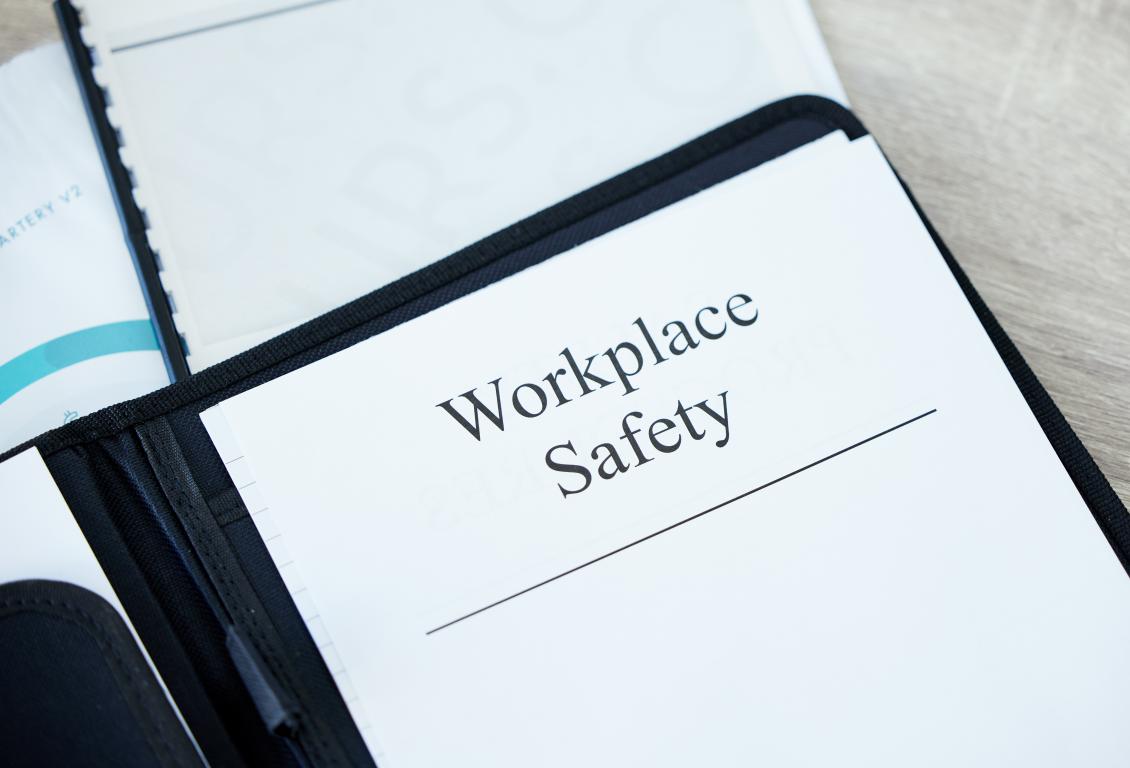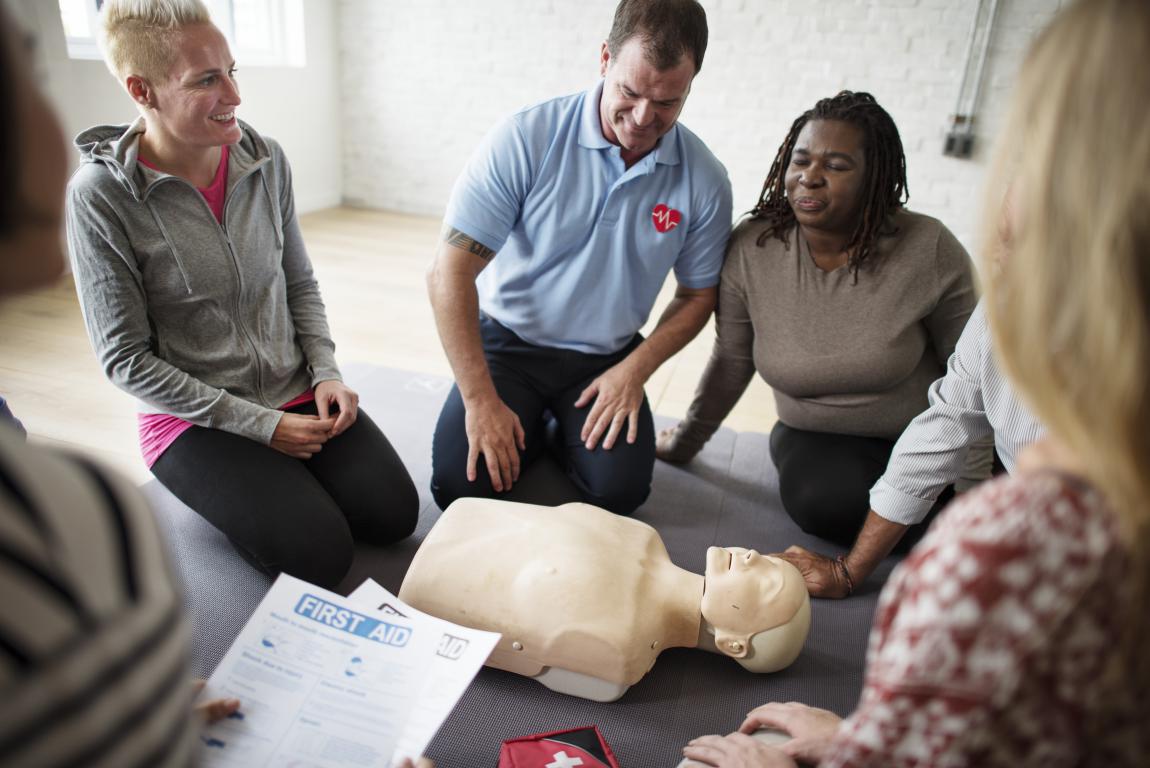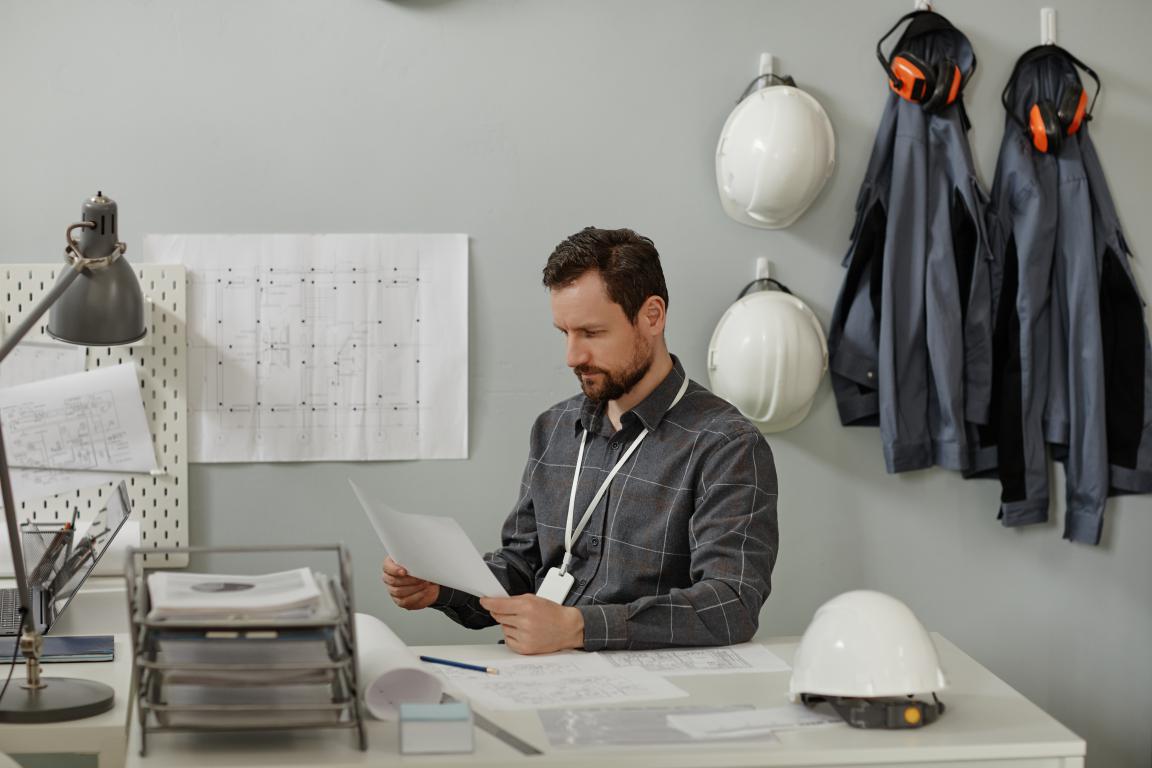Bio-degradable cards
Every card imaginable!
|
Bio-degradable cards Every card imaginable! A Small Business Guide to Health & Safety in the UKRunning a small business means you wear many hats. You're the one driving the vision, managing the finances, and making the big decisions. With so much to focus on, the topic of health and safety can feel like a huge and complicated challenge, full of formal language and regulations that seem designed for giant corporations, not for you. We understand that feeling completely. That's why we've put together this guide. It’s not a legal textbook or a list of rules designed to confuse you. It's a straightforward, practical conversation about what you really need to know to create a safe and healthy workplace. We'll explain the essentials in simple terms to help you protect your people, your business, and your own peace of mind. This guide will walk you through the core principles, step-by-step, helping you build a safe foundation that lets you focus on what you do best. Table of Contents
Why Health And Safety is More Than Just a Legal ObligationBefore we get into the 'how-to', let’s spend a moment on the 'why'. It’s easy to see health and safety as a hurdle you’re forced to jump over, but when you look closer, you see it’s actually one of the strongest foundations you can build for your business.
It’s About Your PeopleYour team is the heart of your business. Whether you have one employee or a growing team, you have a moral duty to make sure they end their workday as safe and well as when they started. A workplace that prioritises safety is a workplace that shows it cares. This builds deep-seated trust and respect, which leads to better morale, higher productivity, and staff who want to stay and grow with you. People who feel valued and safe are your best asset.
It Protects Your Business's ReputationIn today's connected world, reputation is everything. A business known for being professional and responsible will always have an edge. Think about it from a customer's perspective: would you rather eat in a café with a top food hygiene rating or one that looks neglected? That same principle applies to your business. A strong safety record tells potential clients, partners, and future employees that you are a high-quality organisation that does things the right way. It’s a powerful statement about your company's values.
It Makes Good Financial SenseWorkplace accidents, injuries, and illnesses are incredibly costly, and the obvious costs are just the tip of the iceberg. Consider the potential financial impact of a single incident:
It Keeps You on the Right Side of the LawFinally, there are the legal duties. The authorities have the power to step in if you are not managing safety correctly. This can lead to formal warnings, orders to stop certain activities, and in serious cases, significant fines or even legal proceedings. By getting the basics right, you protect yourself and your business from this stress and disruption, freeing you up to concentrate on growth. 
What Are My Legal Responsibilities as a Business Owner?The law can feel intimidating, but the core idea behind UK health and safety law is quite simple. The main piece of legislation is the Health and Safety at Work etc. Act 1974. It says that, as an employer, you must do everything that is reasonably practicable to protect the health, safety, and welfare of your employees and anyone else who might be affected by your work. So, what does reasonably practicable mean? It means you have to balance the level of risk against the money, time, and effort needed to control it. If a risk is very high, you’d be expected to do a great deal to reduce it. If a risk is very low, then simple, inexpensive measures may be enough. The law doesn’t expect you to eliminate every single risk, but it does expect you to make a sensible and responsible effort. In practice, your legal responsibilities include:
We will cover all of these points in more detail in the following sections. 
The 5 Steps to a Solid Risk AssessmentThis is the absolute cornerstone of keeping your workplace safe. A risk assessment is simply a careful and structured process of looking at what could cause harm and deciding on the steps to prevent that harm. Let's be clear on two key terms:
Here is the simple, five-step approach.
Step 1: Identify the HazardsWalk around your workplace and look for things that could be dangerous. Involve your employees—they know their jobs best. Think in broad categories: physical (slips, trips), ergonomic (lifting, posture), chemical (cleaning fluids), mechanical (machinery), and psychological (stress).
Step 2: Decide Who Might Be Harmed and HowFor each hazard, think about the people who could be affected. This includes staff (especially new or young workers), visitors, contractors, and the public. Then, think about how they could be harmed.
Step 3: Evaluate the Risks and Decide on PrecautionsDecide what to do about each risk. Always try to eliminate the hazard first. If you can't, find ways to control the risk. This could involve substituting a hazardous chemical for a safer one, installing safety guards on machinery, changing the way a job is done, or, as a last resort, providing personal protective equipment (PPE).
Step 4: Record Your Findings and Implement ThemIf you have five or more employees, you must write down your significant findings. Even if you have fewer, it's excellent practice. Your record proves you’ve been diligent. The HSE provides a range of helpful, free risk assessment templates on their website that you can adapt for your business. The most important part is to act on your findings and make the safety measures part of your daily routine.
Step 5: Review Your Risk Assessment and Update ItYour business changes, so your risk assessment must be a living document. Review it at least once a year, or immediately if there's been an accident, or if you introduce new equipment or procedures. 
Beyond the Risk Assessment: Other Key Health And Safety EssentialsA risk assessment is your foundation, but a truly safe workplace is built with a few other essential components. Here’s a more detailed look at what you need to do.
1. Creating Your Health And Safety PolicyWhat is it? A health and safety policy is your written plan of action. It shows your staff and anyone else who asks that you are committed to their safety. If you have five or more employees, it's a legal requirement. How do I create one? You don’t need to start from scratch. A policy has three parts:
Where can I get help? The HSE provides an excellent free health and safety policy template on their website. You can use their example and adapt it to fit the specific needs of your business.
2. Consulting with Your TeamWhat is it? Consultation is simply a two-way conversation with your employees about health and safety. It's a legal duty, but its real value is in building a positive safety culture. Why is it so important? Your employees have an intimate knowledge of the daily tasks and the real risks involved. They often have the best ideas for practical, workable solutions. When you involve them, you show you respect their input, which makes them more likely to champion safety themselves. How do I do it? Consultation doesn't have to be complicated. You can do it through:
The key is to make it a normal part of how you operate, so staff feel comfortable raising concerns at any time.
3. Providing Training and InformationWhat is it? This is the process of making sure your team has the skills and knowledge to do their jobs safely. What should it cover? Everyone needs to understand the findings of your risk assessments, your health and safety policy, and your emergency procedures. Training should be specific and relevant, covering:
How should I deliver it? Training can be a mix of methods, from formal courses to on-the-job coaching by an experienced colleague. The important thing is to confirm that the training has been understood. Afterwards, keep a simple record of who has been trained on what, and when.
4. First-Aid and Welfare FacilitiesWhat do I need for First Aid? The law requires you to have adequate and appropriate first-aid arrangements. Your risk assessment will determine what is 'adequate' for your business. As a minimum, you must have:
The HSE provides a helpful guide to help you assess your first-aid needs. What about Welfare Facilities? These are the basic facilities that contribute to the health and wellbeing of your staff. You must provide:
5. Reporting Accidents and IllnessesWhat should I record? It's good practice to keep an internal accident book to record any work-related injury, illness, or near-miss, no matter how minor. This helps you spot patterns and prevent more serious incidents in the future. What must I report legally? For certain serious incidents, you have a legal duty to report them to the HSE. This is required under a set of rules called RIDDOR (Reporting of Injuries, Diseases and Dangerous Occurrences Regulations). The HSE needs this data to track where and how risks arise. Reportable incidents include:
You can make a report and find a full list of what's reportable on the official HSE RIDDOR website. 
Putting it All Together: Creating a Safe and Secure EnvironmentYou’ve carefully considered the hazards inside your business, from trailing wires to lifting heavy loads. You've created systems to manage those risks and protect your team from physical harm. This is the core of health and safety. But a truly safe environment also needs to be a secure one. One hazard that is often overlooked is the risk created by an unknown person on your premises. Whether you run an office, a warehouse, or a busy retail space, controlling who has access is a vital part of your overall safety plan. Think of it just like any other hazard. The hazard is an unauthorised individual on site. The risk could be anything from theft of equipment or data, to disruption, or even direct harm to your staff. Just as you put a 'wet floor' sign down to control a slipping hazard, you need a simple, effective control for managing access. This is where clear, visual identification becomes a powerful and professional tool. It helps everyone—staff, visitors, and contractors—to understand who is who at a glance. It empowers your entire team to feel more secure and to gently question anyone they don’t recognise, reinforcing that safety and security are everyone’s responsibility. Use ID cards to clearly identify who is authorised to be on-site; it's a simple, practical step that supports all your other safety efforts and demonstrates a commitment to a professional, secure workplace.
© 2024 The Card Project Uk Ltd
VAT: 453 2087 06
|